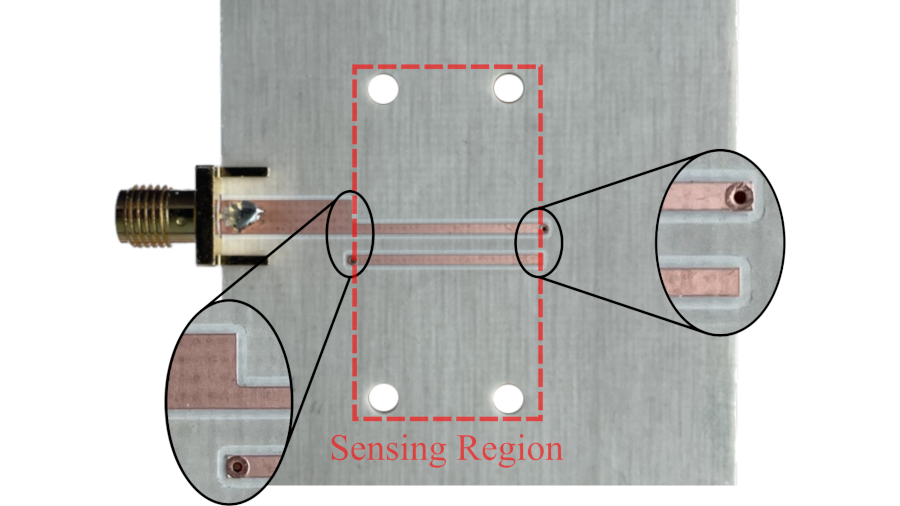Professor Ferran Martín from the Department of Electronic Engineering and director of the CIMITEC research group was in charge of editing the book Coupled Structures for Microwave Sensing, which forms part of the "Lectures Notes in Electrical Engineering" collection by the prestigious Springer Publishing Company.

The book is a compilation of different strategies for the implementation of planar microwave sensors based on coupled resonators and coupled transmission lines, proposed by the most relevant international research groups working in this field. The main advantage and common denominator of the sensors proposed in the book is their ultra-high sensitivity, in some cases unprecedented, which can be achieved by virtue of the electromagnetic properties of the proposed assembled structures, combined with a very low cost.
These sensors are therefore ideal for applications that require the measurement or monitoring of physical, chemical or biological variables with high precision and resolution. Some of these applications are the detection of defects or impurities in samples (solid or liquid), the detection of gases and volatile organic compounds (harmful to health), the early detection of corrosion and structural damage in urban elements (civil engineering and smart cities), the precise control of movement in industrial mechanical elements (proximity sensors), the precise measurement of physical variables such as temperature, humidity, or pressure, the detection of food spoilage and adulteration (and other consumer goods) or of the breakage of the cold chain (in the food industry and food safety), the measurement of electrolyte and glucose levels (biosensors), or the monitoring of vital signs and other variables of medical interest, among others.
Due to the specific characteristics of microwaves (penetration in materials and tissues, and possibility of radiated transmission), the sensors presented in the book are also suitable for contactless and wireless applications, typical in the Internet of Things (IoT) paradigm. Moreover, the proposed sensors are low-cost and can be implemented on a wide variety of substrates, whether rigid, flexible (adaptable to non-planar surfaces) and even environmentally sustainable substrates (organic, compostable, or recyclable). However, microwaves offer high robustness (compared to optical radiation, for example) in harsh environments subject to pollution and brutality (present in many industrial environments). Therefore, these sensors are ideal for optimising and "smartening" many industrial processes, based on the monitoring of different variables and decision making (known as "industry 4.0").
The CIMITEC Group is currently leading two technology transfer projects, in which it is applying its know-how on planar microwave sensors acquired over the past 15 years. One of these projects, with the multinational Garcia Carrión (the largest wine group in Europe and the fourth largest in the world), is focused on controlling the purity level of product in bottling lines (affected by cleaning processes or by other products sharing the same lines). The aim is to reduce production losses by introducing intelligent sensors in bottling plants. The other project, conducted with an urban maintenance company, aims at unattended (without human intervention) and automated monitoring of corrosion in urban metal elements.
Professor Ferran Martín, editor of the book, combines his technology transfer activity with frontier research in the field of microwave engineering. The impact of his research has been recognized in several international rankings, such as Research.com, where he ranks 3rd researcher in Spain in the field of Electrical and Electronics Engineering, and local rankings, such as the DiH Group, where he also ranks 3rd national researcher in this field. Recently, Ferran Martín was declared a Highly Ranked Scholar (top 0.05 % worldwide) by ScholarGPS.






